Harvest Data Reveals Hotspots for 'Bills and Other Divers
With a nickname like the king of ducks, canvasbacks are probably the most prized diver from coast to coast. However, cans don't frequent every flyway or state equally, so many diving-duck hunters rarely get a crack at royalty. Instead, those big-water fans focus on other birds.
That got me wondering about hotspots for those species ‚ the top states (at least by harvest data) for scaup, redheads, ringnecks, buffleheads, goldeneyes and, sure, ruddy ducks. Info from the U.S. Fish and Wildlife's migratory bird harvest reports from 2014 through 2016 provided some clues about the best areas for various divers.
Click here for more Realtree waterfowl hunting content. And check us out on Facebook.
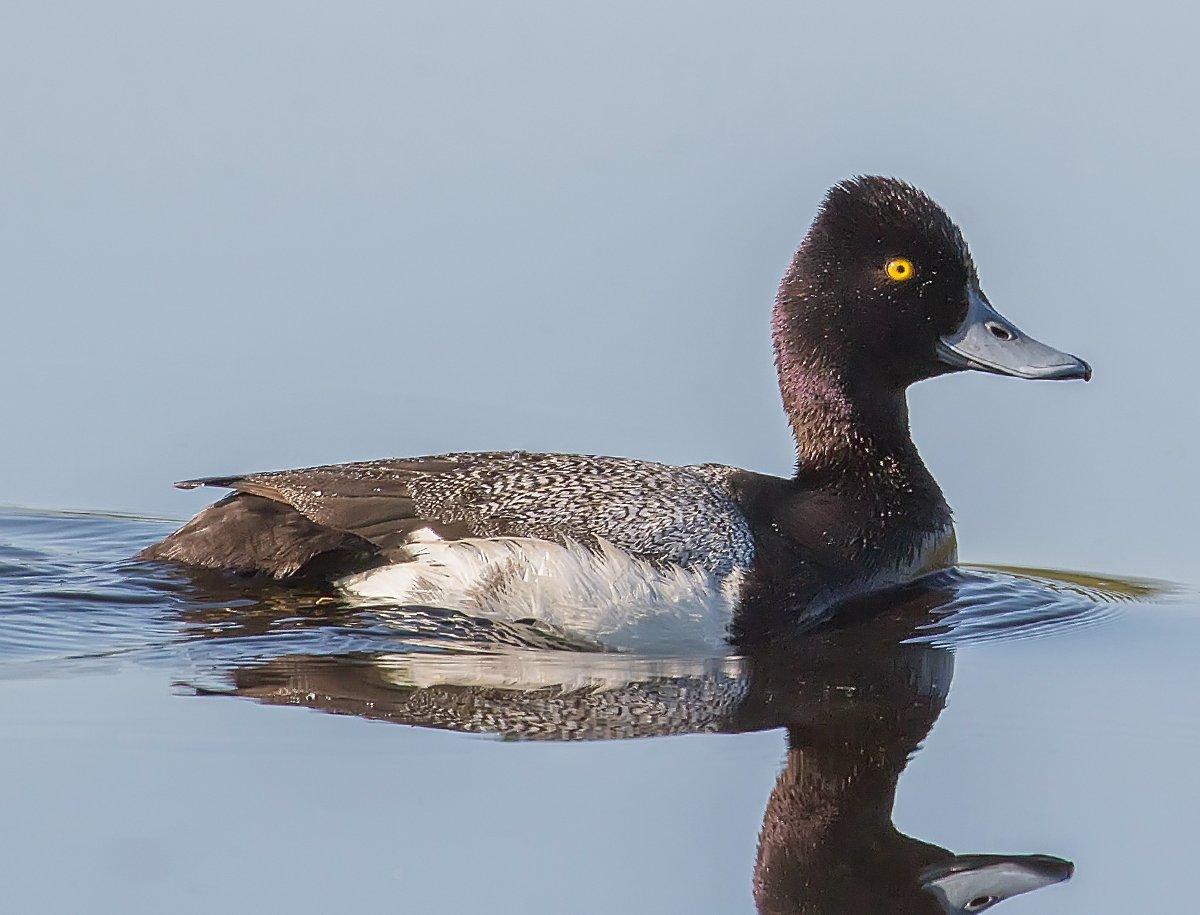
Had I written this a few days earlier, Louisiana would have taken the bluebill title by a landslide. Sportsman's Paradise hunters shot so many 'bills in 2015 ‚ about 51,268 ‚ that mentioning second place was laughable.
However, Louisiana's 'bill harvest estimate dropped to 11,313 in 2016. Meanwhile, North Dakota's harvest remained remarkably steady, as hunters there shot 19,501 lessers in 2015 and 19,509 in 2016. Yeah, that two-year total doesn't match Louisiana's 2015 number, but it's still impressive.
The takeaway for bluebill fans? If the weather gets cold, head south. During unseasonably balmy years, however, Northern states will still produce.
Photo © Dee Carpenter/Shutterstock
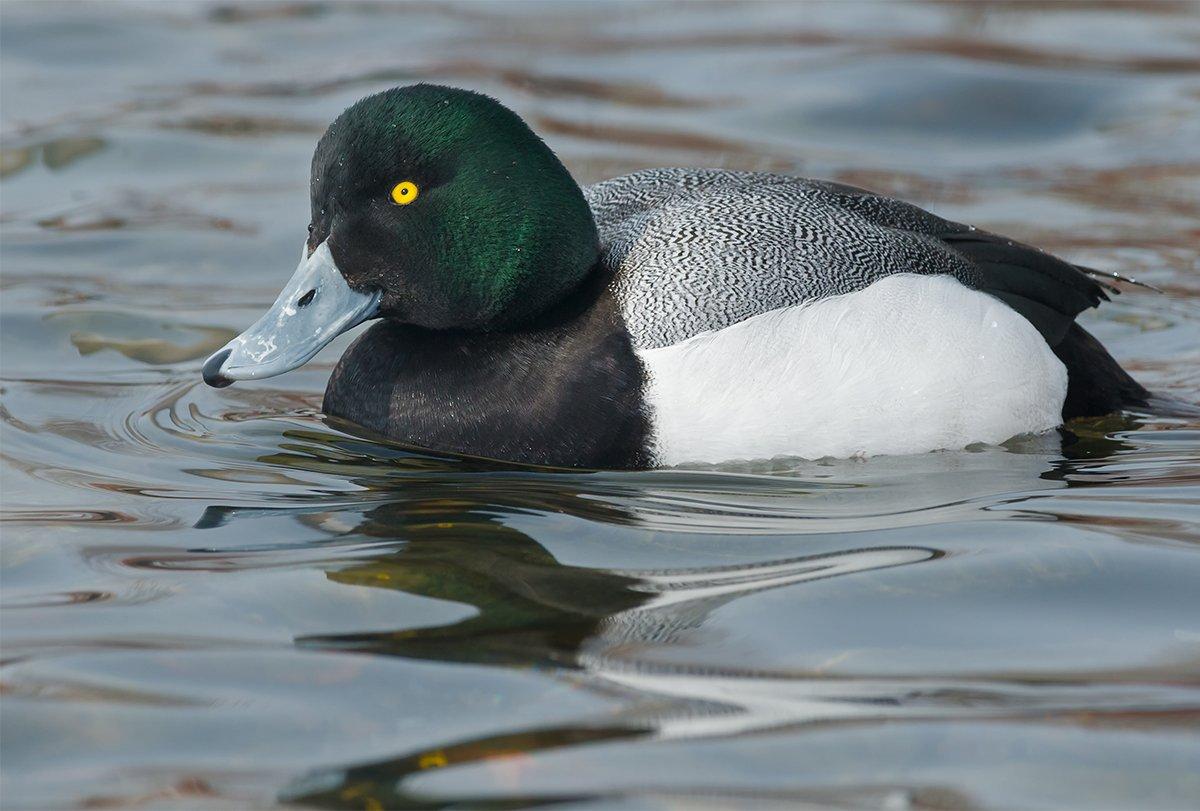
This one surprised me, mostly because I live the experience every fall. Wisconsin hunters topped the nation in 2015 with about 12,964 broadbills and took top honors again in 2016 with 17,348 greaters. The Badger State was also No. 1 in 2014, with 22,660 greater scaup. Michigan was second from 2014 through 2016, taking about 8,265, 6,283 and 9,032, respectively. That tells you something about the migratory flight habits of greater scaup.
What really amazed me was the ratio of greater and lesser scaup in the bag of Wisconsin hunters. From 2014 through 2016, they shot almost equal numbers of greaters (52,972 total) and lessers (49,801). That reflects my open-water hunting experience in the state for the past 17 or 18 seasons. Years ago, however, lessers dominated the take, and it was even somewhat unusual to score a greater. Changing flight patterns? Who knows? But it's sure fascinating.
Photo © Paul Reeves Photography/Shutterstock
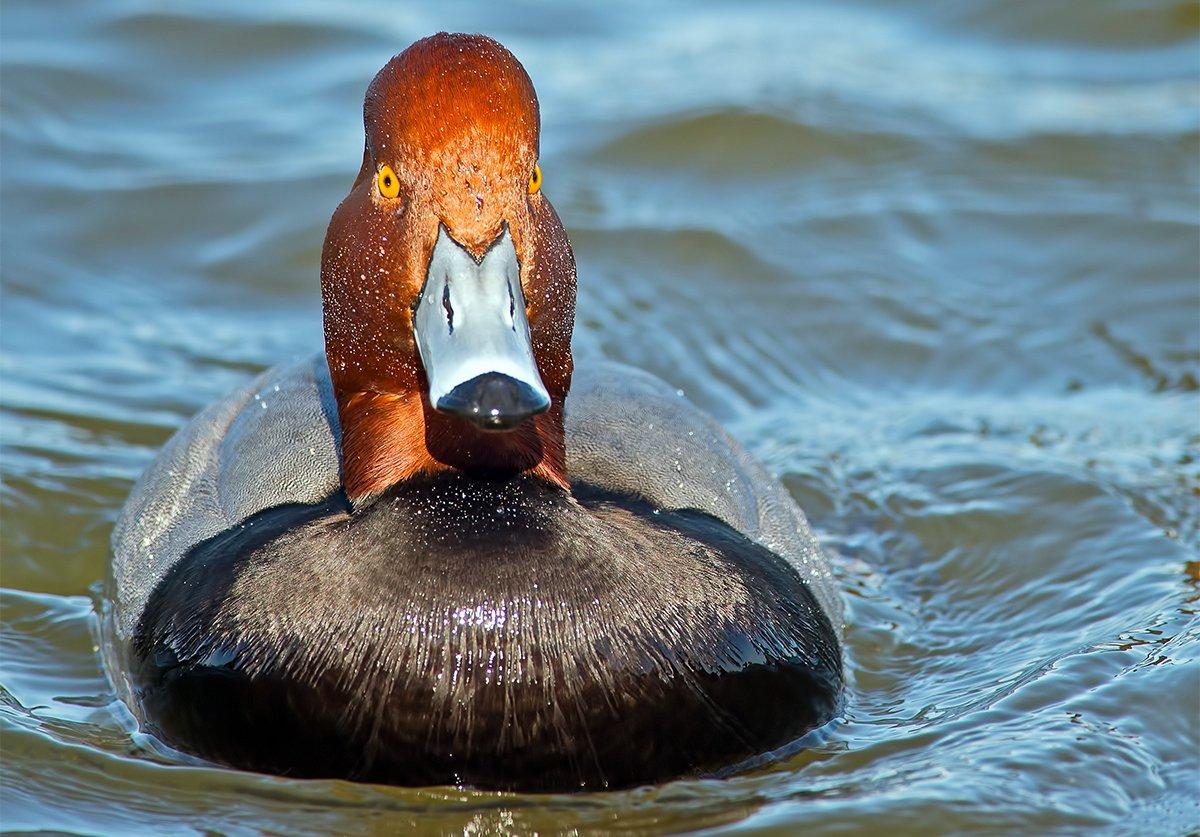
Yawn. It's Texasy'all. Lone Star State hunters reside at the end of the funnel in the redhead-rich Central Flyway, and if you've been to Laguna Madre, you'd realize that no one's beating Texas in the redhead department. Hunters there shot about 64,630 redheads during the warm 2015 season and another 59,917 in 2016, both of which pale to the 97,767 they took during the more typical 2014 campaign.
North Dakota at least tried to make things interesting, as hunters there shot about 39,783 redheads in 2014, 27,150 in 2015 and 18,558 in 2016. You have to give the Peace Garden State credit, as it helped produce many of those redheads that flew south to Texas. Meanwhile, Michigan held steady with 23,338 redheads in 2015 and 18,628 in 2016.
Photo © Brian E. Kushner/Shutterstock

You might think this is another yawner, but it was close. Florida took the title by a nose with about 66,891 ringbills harvested in 2015 and 64,945 in 2014. However, ringneck harvest numbers there dipped to 54,956 in 2016, giving the Sunshine State a three-year harvest total of 186,792. Meanwhile, Minnesota ‚ a major ringneck production state ‚ stayed amazingly consistent, shooting 67,014 ringbills in 2014, 64,546 in 2015 and 62,232 in 2016, for a three-season total of 193,792. Gotta side with the Gopher State here.
Honorable mention goes to Louisiana. State hunters shot 75,617 ringers in 2014, slipped to 25,711 in 2015 and rebounded in 2016 with 42,491, for a three-year harvest estimate of 143,819.
Photo © Jon Graham/Shutterstock
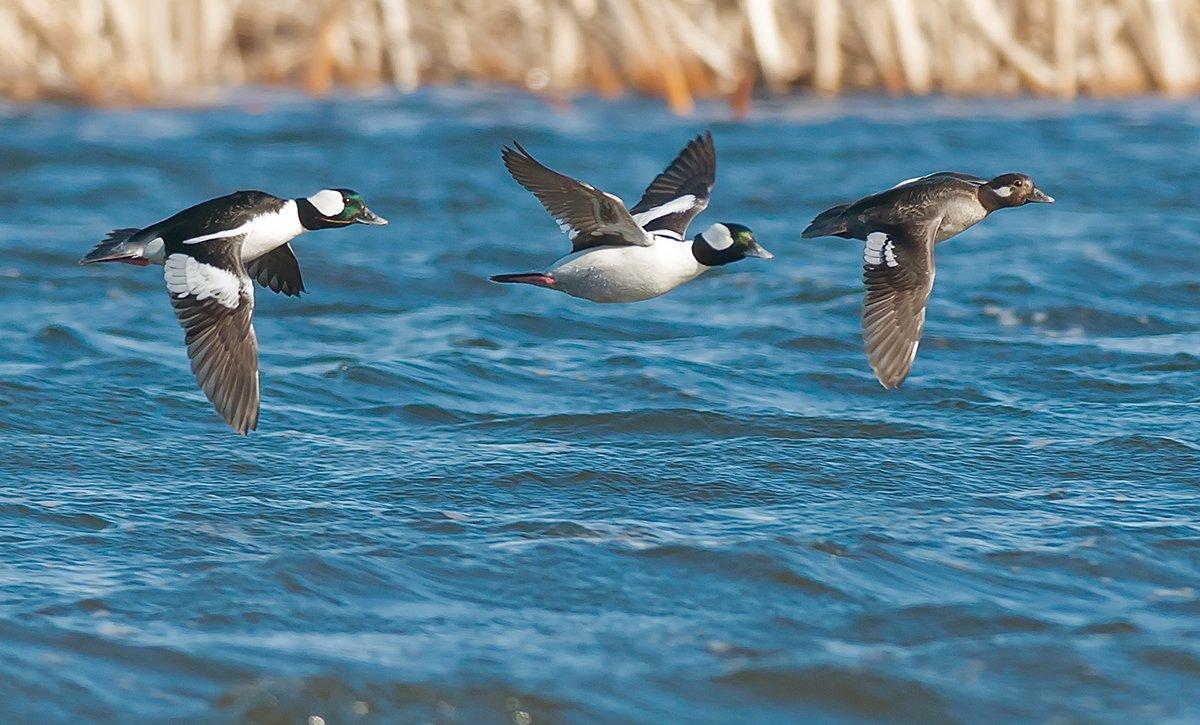
North Carolina finally puts the Atlantic Flyway on the board, thanks to a banner 2016 buffie harvest of 24,645. Add that to a solid 2015 campaign ‚ 13,263 surf doves ‚ and the state took about 37,908 buffleheads in two seasons. However Minnesota hunters shot about 23,960 butterballs in 2015 and 17,887 in 2016, for a two-year total of 41,847. We'll award the 2016 title to North Carolina but give a nod to Minnesota for consistency.
Michiganmeanwhile, represented well, taking about 14,362 buffleheads in 2015 and 20,040 in 2016, a two-year sum of 34,402.
Photo © Paul Reeves Photography/Shutterstock

Whistlers, whether common or Barrows, fly south only begrudgingly, often wintering in brutal Northern climes with limited open water. So, it's no surprise that a state known for harsh winter weather top this list.
Wisconsin led the nation with a goldeneye harvest of about 9,102 birds in 2015 and 9,703 in 2016 ‚ a two-year total of 18,804 whistlers. Two Western states famous for cold weather and goldeneyes dropped off in 2016. Idaho hunters shot 8,166 goldeneyes in 2015 but just 3,789 in 2016. Montana hunters took a whopping 21,108 whistlers in 2014 and 8,115 in 2015 but slumped to 3,846 in 2016.
Kentucky provided the strangest whistler number. Hunters there shot just 701 goldeneyes in 2015 but an estimated 7,100 in 2016. Typo? Anomaly? Or a new whistler hotspot?
Photo © Victor Tyakht/Shutterstock
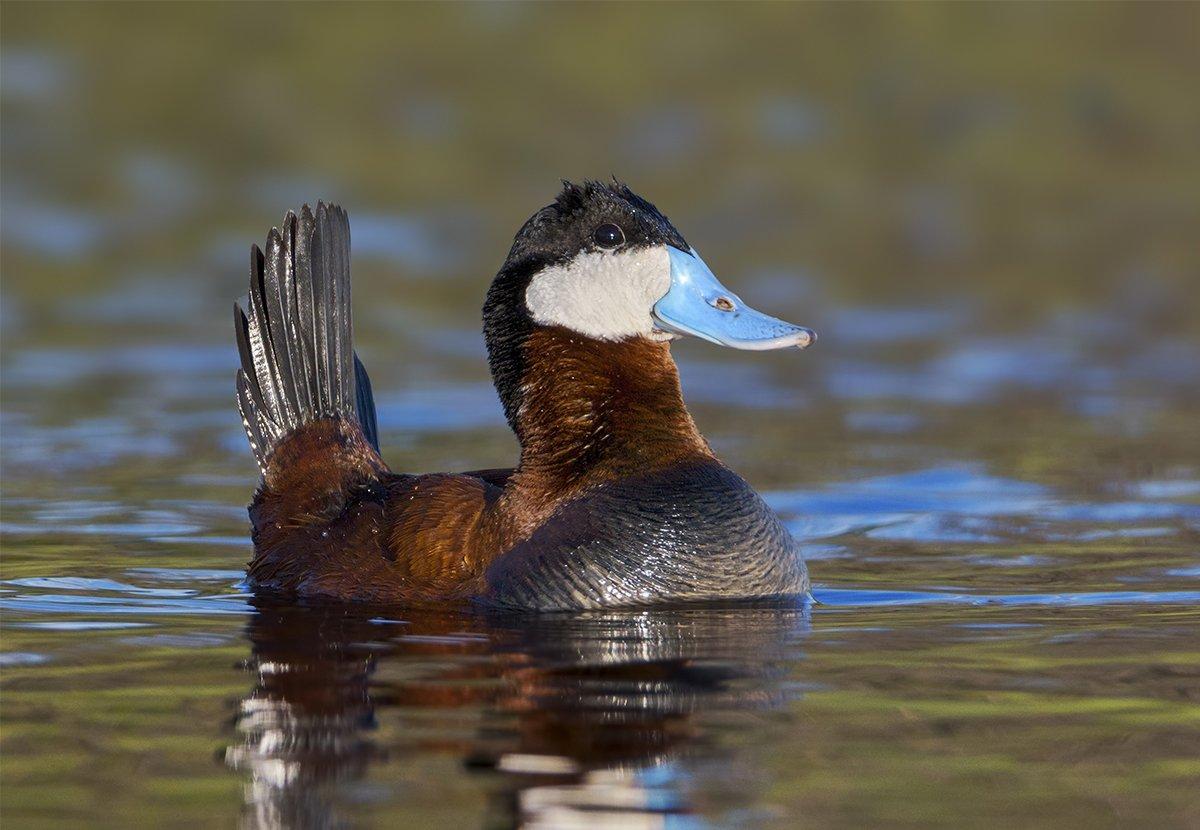
Hey, someone had to lead the nation in ruddy duck harvest. For the record, it was Michigan, with 11,008.
The most fascinating ruddy duck statistic ‚ although I cannot believe I just wrote that ‚ occurred in Michigan and Wisconsin. According to harvest estimates, Michigan hunters took no ruddy ducks in 2015. None. And then they led the league by a large margin in 2016. Meanwhile, Wisconsin hunters shot about 1,103 in 2015 but none in 2016. Zero. Did Badger State hunters scare all the ruddies east across Lake Michigan?
It's just another mystery prompted by the ever-changing nature of waterfowl migrations and harvest.
Photo © Tim Zurowski/Shutterstock







